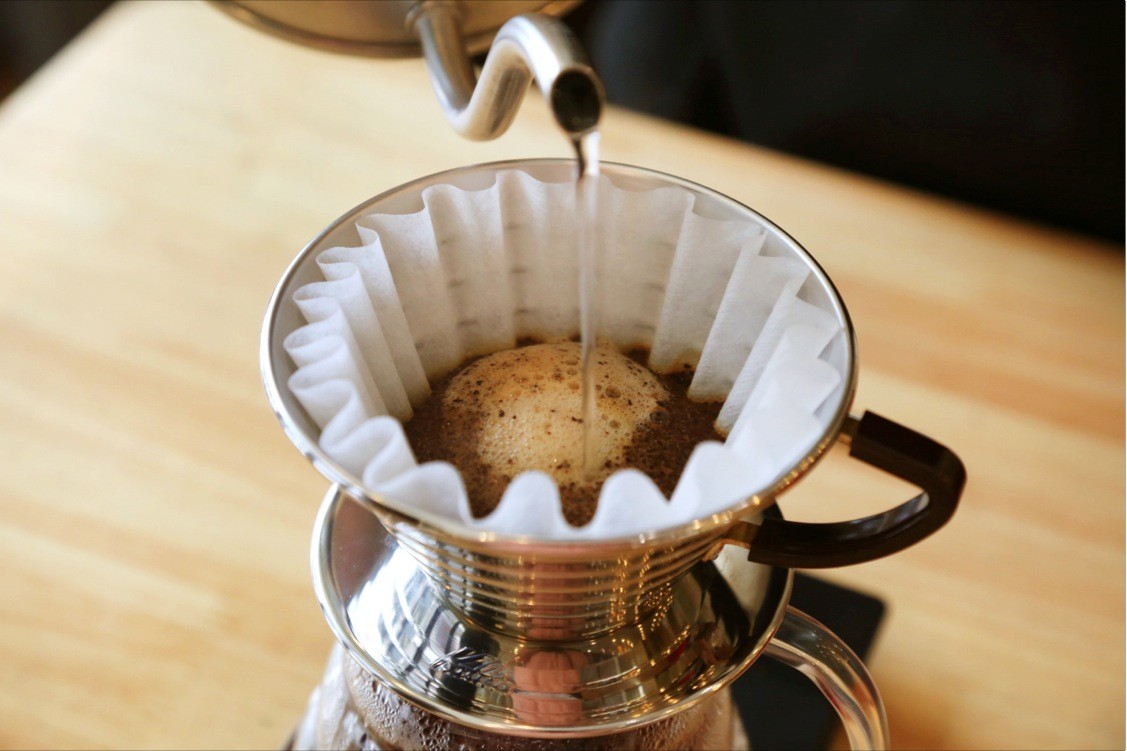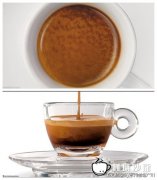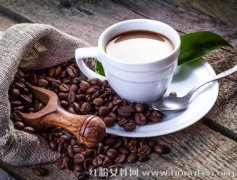What is the difference between Espresso, latte and cappuccino?

Espresso (Espresso) or espresso is a type of coffee with a strong taste by brewing coffee with extremely hot but non-boiling hot water under high pressure and grinding it into a very fine coffee powder. It was invented and developed in Italy and began in the early 20th century, but until the mid-1940s, it was a drink made solely by vapor pressure. After the invention and successful commercialization of the Spring Lever (spring piston lever) coffee machine, espresso was transformed into a drink known today. The pressure used in the manufacturing process is often 9 to 10 atmospheric pressure or bar pressure.
In terms of quality, espresso has a thicker texture than drip coffee and contains more dissolved matter per unit volume than drip coffee; usually the supply is calculated in shot. Espresso is chemically complex and changeable, many of which decompose due to oxidation or a drop in temperature. A feature of properly brewed espresso is the presence of coffee fat (crema), an amber foam that floats on the surface of espresso. It consists of vegetable oils, proteins and sugars. Coffee fat has the combination of emulsion and foam colloid.
Through the short-time and high-pressure brewing process, the unique flavor of a cup of coffee is stronger than other brewing equipment after being concentrated. However, because of the short quenching time, there are fewer ingredients in caffeine. Espresso is often used as the basis for coffee drinks mixed with other ingredients (such as milk or cocoa), such as lattes, cappuccinos, macchiato and mocha, without diluting the coffee too much.
The exact definition given in the Dr.Andrea llly book is:
Italian espresso (Espresso) is a small cup of coffee that uses excellent coffee beans to add hot water to extract the coffee liquid instantly under steam pressure.
The above is some information I came to in Baidu for your reference. In fact, both latte and cappuccino are "seasoned" coffee, and many fancy coffees need to be based on Espresso, such as the latte you mentioned. In foreign countries, especially in Italy, a cup of Espresso is the beginning of a beautiful day.
Important Notice :
前街咖啡 FrontStreet Coffee has moved to new addredd:
FrontStreet Coffee Address: 315,Donghua East Road,GuangZhou
Tel:020 38364473
- Prev

A good Espresso can see tiger spots.
A good Espresso can see tiger spots! What is tiger spot? Coffee fat (creme), an amber foam floating on the surface of espresso. Coffee fat is a combination of emulsions and foam colloids, made up of vegetable oils, proteins and sugars. Because it contains more dissolved matter per unit volume, espresso is stronger than water drop coffee.
- Next

How to diagnose espresso extraction (part I)
Italian 4m (barista, bean grinder, blending, and espresso machine) includes the key factors in the formation of espresso. The questions often asked on home-barista.com forums often focus on the last factor: which Italian machine should I buy? Once a buyer limits their list to a few options, family coffee hands often start to get pregnant.
Related
- Beginners will see the "Coffee pull flower" guide!
- What is the difference between ice blog purified milk and ordinary milk coffee?
- Why is the Philippines the largest producer of crops in Liberia?
- For coffee extraction, should the fine powder be retained?
- How does extracted espresso fill pressed powder? How much strength does it take to press the powder?
- How to make jasmine cold extract coffee? Is the jasmine + latte good?
- Will this little toy really make the coffee taste better? How does Lily Drip affect coffee extraction?
- Will the action of slapping the filter cup also affect coffee extraction?
- What's the difference between powder-to-water ratio and powder-to-liquid ratio?
- What is the Ethiopian local species? What does it have to do with Heirloom native species?

